[Anchor]
We look into the Jeju Air passenger plane disaster.
The Ministry of Land, Infrastructure and Transport provided another explanation today (1.7) regarding the controversy over the localizer, which has been pointed out as a cause of the damage.
They reiterated their previous stance that it was built according to regulations, again avoiding the core of the controversy.
For the first time, they officially confirmed that there was a bird strike at the time of the accident.
Lee Seung-cheol reports.
[Report]
The key issue regarding the localizer embankment is whether the facility is included in the runway's safety area.
If included, it must be made of breakable materials according to the ministry's notification.
So far, the ministry has stated that the localizer is not included in the safety area, and therefore, the solid concrete embankment does not violate regulations.
This time, they brought up the regulations of the Federal Aviation Administration (FAA) of the United States.
The U.S. does not include localizers in the safety area.
However, the ministry's notification and the International Civil Aviation Organization (ICAO) regulations are different.
The safety area is explicitly stated to include up to the localizer.
The ministry, however, stated that regardless of whether there is a violation of regulations, they will seek improvement measures to ensure safety.
[Park Sang-woo/Minister of Land, Infrastructure and Transport: "The legal system related to airport facilities is complex, and there are areas of confusion in interpretation. We will review the current laws and systems and improve any deficiencies."]
The ministry again avoided the core of the controversy regarding the regulatory violations of the localizer facility.
Experts have stated that for civilian airports like Muan Airport, compliance with ICAO regulations is a priority.
[Yoo Tae-jung/Professor at Far East University: "FAA regulations are a reference, and while we can follow FAA regulations, I believe it is more important to adhere to ICAO regulations, which are somewhat more proactive."]
Meanwhile, the ministry officially confirmed for the first time that the Jeju Air disaster aircraft experienced a bird strike at the time of the accident.
They presented feathers found in one engine as evidence and explained that it remains to be seen whether bird strikes occurred in both engines based on the investigation results.
This is Lee Seung-cheol from KBS News.
We look into the Jeju Air passenger plane disaster.
The Ministry of Land, Infrastructure and Transport provided another explanation today (1.7) regarding the controversy over the localizer, which has been pointed out as a cause of the damage.
They reiterated their previous stance that it was built according to regulations, again avoiding the core of the controversy.
For the first time, they officially confirmed that there was a bird strike at the time of the accident.
Lee Seung-cheol reports.
[Report]
The key issue regarding the localizer embankment is whether the facility is included in the runway's safety area.
If included, it must be made of breakable materials according to the ministry's notification.
So far, the ministry has stated that the localizer is not included in the safety area, and therefore, the solid concrete embankment does not violate regulations.
This time, they brought up the regulations of the Federal Aviation Administration (FAA) of the United States.
The U.S. does not include localizers in the safety area.
However, the ministry's notification and the International Civil Aviation Organization (ICAO) regulations are different.
The safety area is explicitly stated to include up to the localizer.
The ministry, however, stated that regardless of whether there is a violation of regulations, they will seek improvement measures to ensure safety.
[Park Sang-woo/Minister of Land, Infrastructure and Transport: "The legal system related to airport facilities is complex, and there are areas of confusion in interpretation. We will review the current laws and systems and improve any deficiencies."]
The ministry again avoided the core of the controversy regarding the regulatory violations of the localizer facility.
Experts have stated that for civilian airports like Muan Airport, compliance with ICAO regulations is a priority.
[Yoo Tae-jung/Professor at Far East University: "FAA regulations are a reference, and while we can follow FAA regulations, I believe it is more important to adhere to ICAO regulations, which are somewhat more proactive."]
Meanwhile, the ministry officially confirmed for the first time that the Jeju Air disaster aircraft experienced a bird strike at the time of the accident.
They presented feathers found in one engine as evidence and explained that it remains to be seen whether bird strikes occurred in both engines based on the investigation results.
This is Lee Seung-cheol from KBS News.
■ 제보하기
▷ 카카오톡 : 'KBS제보' 검색, 채널 추가
▷ 전화 : 02-781-1234, 4444
▷ 이메일 : kbs1234@kbs.co.kr
▷ 유튜브, 네이버, 카카오에서도 KBS뉴스를 구독해주세요!
- Localizer debate in disaster
-
- 입력 2025-01-07 23:58:04
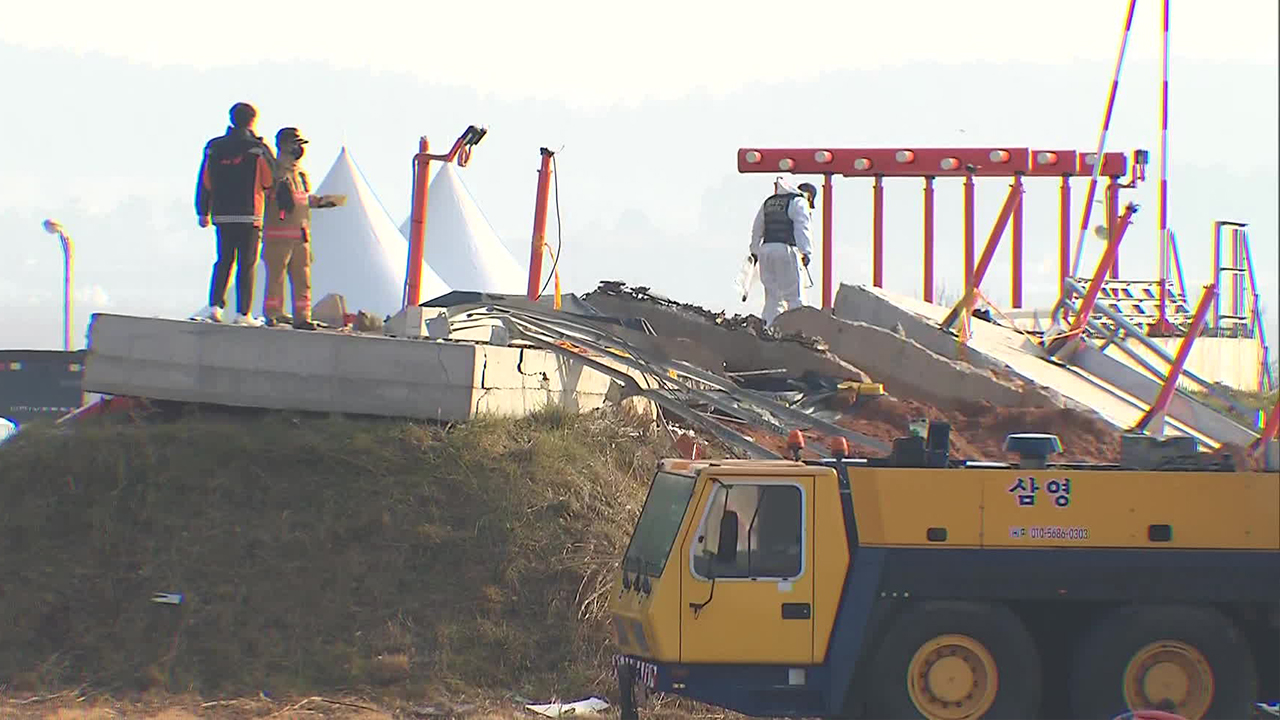
[Anchor]
We look into the Jeju Air passenger plane disaster.
The Ministry of Land, Infrastructure and Transport provided another explanation today (1.7) regarding the controversy over the localizer, which has been pointed out as a cause of the damage.
They reiterated their previous stance that it was built according to regulations, again avoiding the core of the controversy.
For the first time, they officially confirmed that there was a bird strike at the time of the accident.
Lee Seung-cheol reports.
[Report]
The key issue regarding the localizer embankment is whether the facility is included in the runway's safety area.
If included, it must be made of breakable materials according to the ministry's notification.
So far, the ministry has stated that the localizer is not included in the safety area, and therefore, the solid concrete embankment does not violate regulations.
This time, they brought up the regulations of the Federal Aviation Administration (FAA) of the United States.
The U.S. does not include localizers in the safety area.
However, the ministry's notification and the International Civil Aviation Organization (ICAO) regulations are different.
The safety area is explicitly stated to include up to the localizer.
The ministry, however, stated that regardless of whether there is a violation of regulations, they will seek improvement measures to ensure safety.
[Park Sang-woo/Minister of Land, Infrastructure and Transport: "The legal system related to airport facilities is complex, and there are areas of confusion in interpretation. We will review the current laws and systems and improve any deficiencies."]
The ministry again avoided the core of the controversy regarding the regulatory violations of the localizer facility.
Experts have stated that for civilian airports like Muan Airport, compliance with ICAO regulations is a priority.
[Yoo Tae-jung/Professor at Far East University: "FAA regulations are a reference, and while we can follow FAA regulations, I believe it is more important to adhere to ICAO regulations, which are somewhat more proactive."]
Meanwhile, the ministry officially confirmed for the first time that the Jeju Air disaster aircraft experienced a bird strike at the time of the accident.
They presented feathers found in one engine as evidence and explained that it remains to be seen whether bird strikes occurred in both engines based on the investigation results.
This is Lee Seung-cheol from KBS News.
We look into the Jeju Air passenger plane disaster.
The Ministry of Land, Infrastructure and Transport provided another explanation today (1.7) regarding the controversy over the localizer, which has been pointed out as a cause of the damage.
They reiterated their previous stance that it was built according to regulations, again avoiding the core of the controversy.
For the first time, they officially confirmed that there was a bird strike at the time of the accident.
Lee Seung-cheol reports.
[Report]
The key issue regarding the localizer embankment is whether the facility is included in the runway's safety area.
If included, it must be made of breakable materials according to the ministry's notification.
So far, the ministry has stated that the localizer is not included in the safety area, and therefore, the solid concrete embankment does not violate regulations.
This time, they brought up the regulations of the Federal Aviation Administration (FAA) of the United States.
The U.S. does not include localizers in the safety area.
However, the ministry's notification and the International Civil Aviation Organization (ICAO) regulations are different.
The safety area is explicitly stated to include up to the localizer.
The ministry, however, stated that regardless of whether there is a violation of regulations, they will seek improvement measures to ensure safety.
[Park Sang-woo/Minister of Land, Infrastructure and Transport: "The legal system related to airport facilities is complex, and there are areas of confusion in interpretation. We will review the current laws and systems and improve any deficiencies."]
The ministry again avoided the core of the controversy regarding the regulatory violations of the localizer facility.
Experts have stated that for civilian airports like Muan Airport, compliance with ICAO regulations is a priority.
[Yoo Tae-jung/Professor at Far East University: "FAA regulations are a reference, and while we can follow FAA regulations, I believe it is more important to adhere to ICAO regulations, which are somewhat more proactive."]
Meanwhile, the ministry officially confirmed for the first time that the Jeju Air disaster aircraft experienced a bird strike at the time of the accident.
They presented feathers found in one engine as evidence and explained that it remains to be seen whether bird strikes occurred in both engines based on the investigation results.
This is Lee Seung-cheol from KBS News.
-
-

이승철 기자 bullseye@kbs.co.kr
이승철 기자의 기사 모음
-
이 기사가 좋으셨다면
-
좋아요
0
-
응원해요
0
-
후속 원해요
0










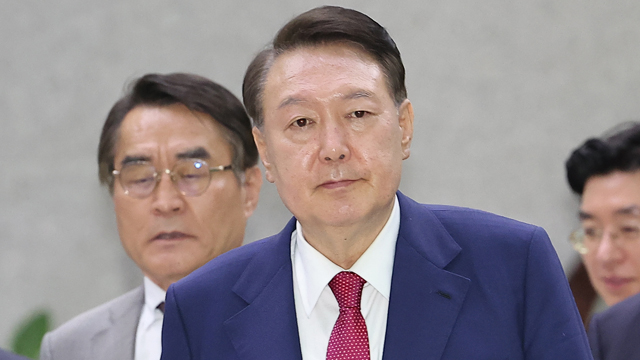
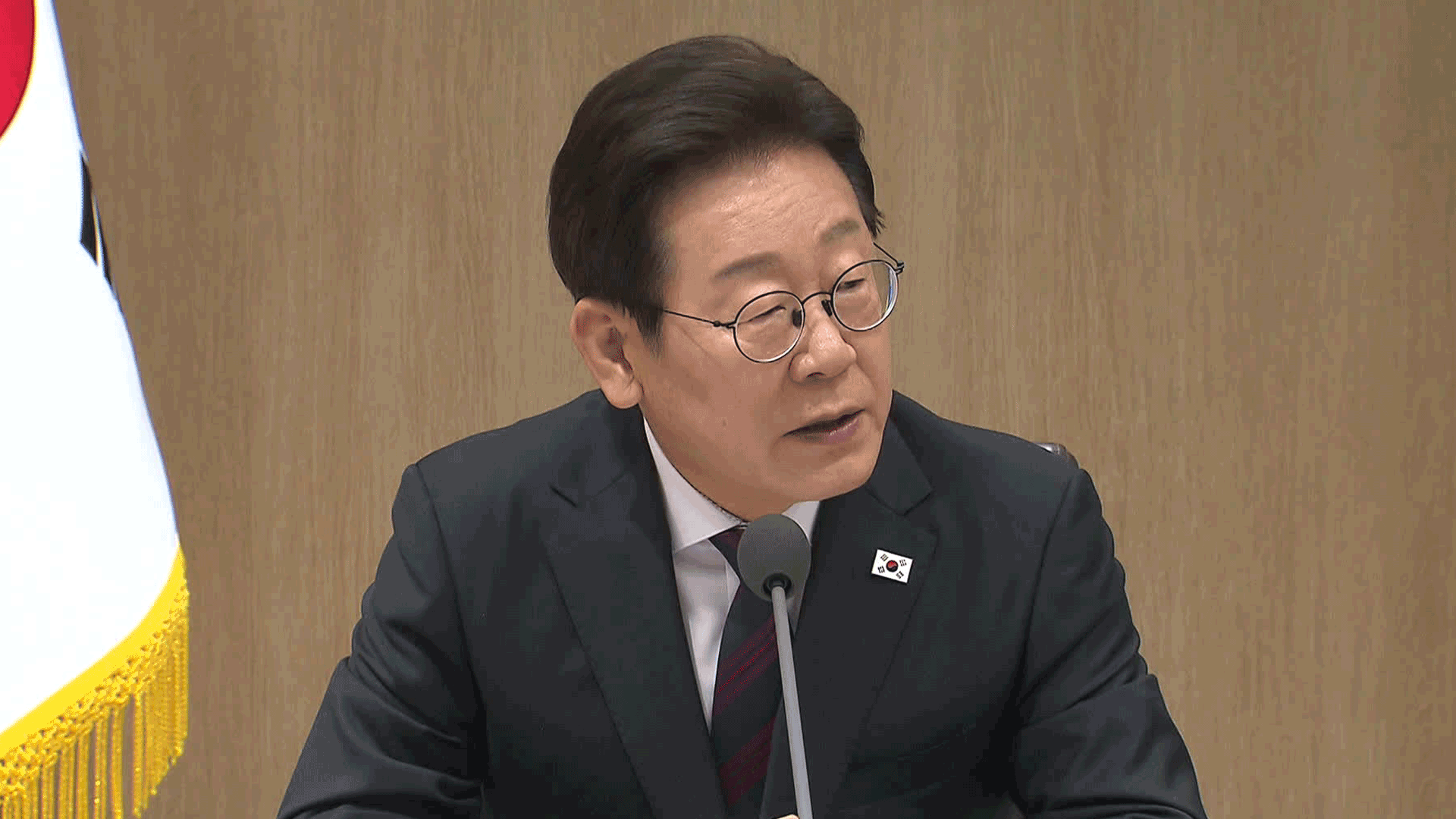
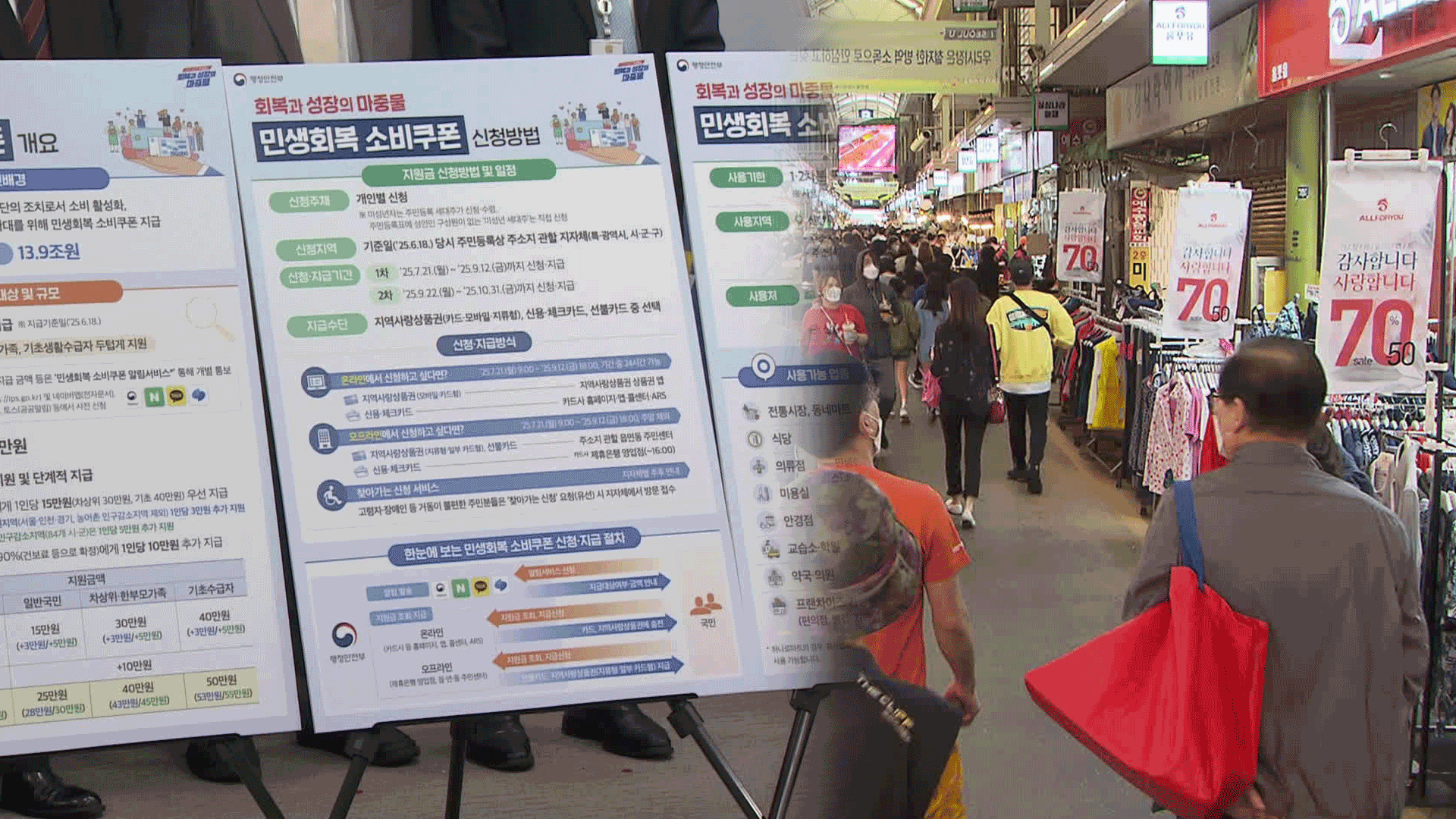
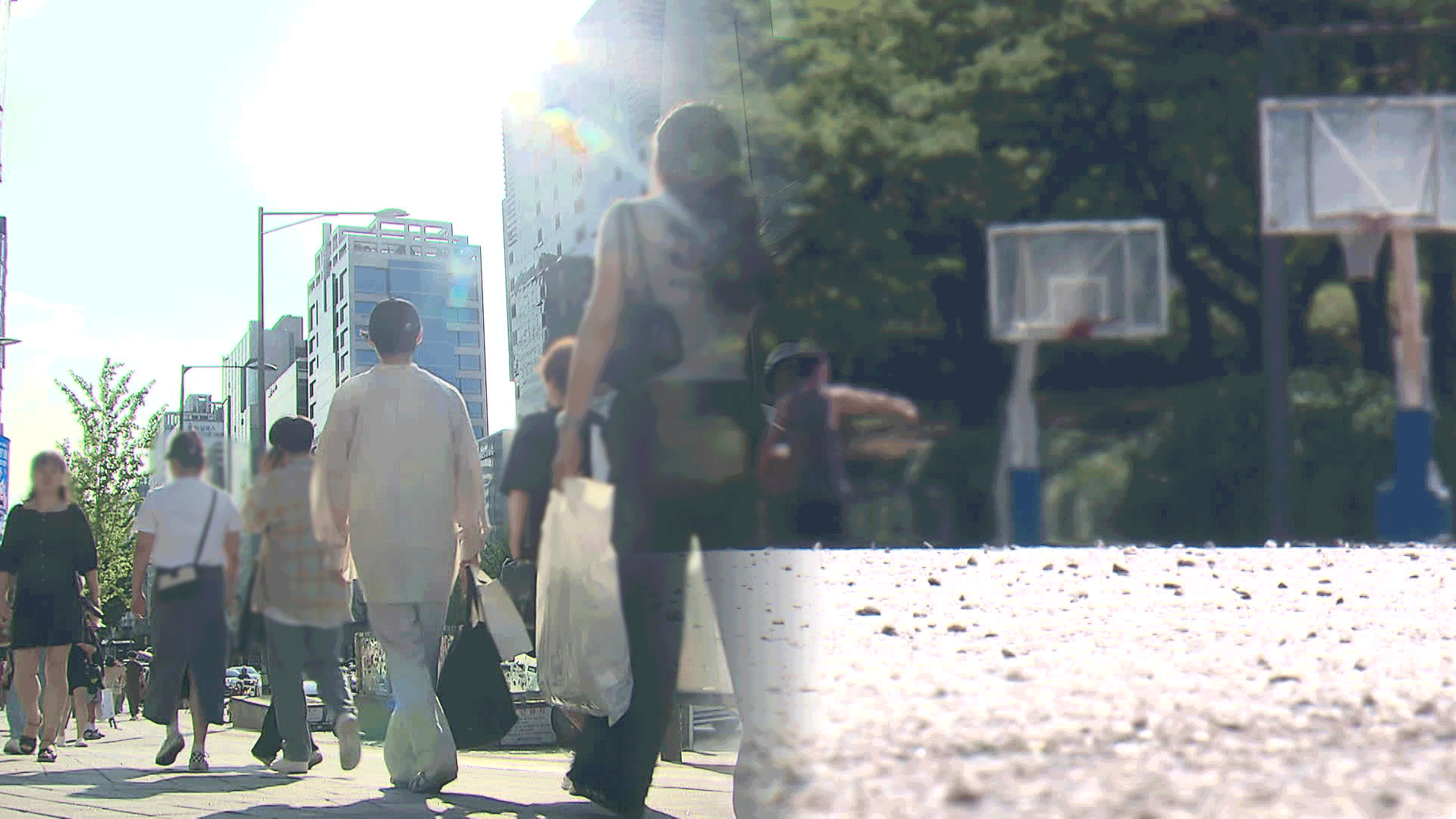

이 기사에 대한 의견을 남겨주세요.